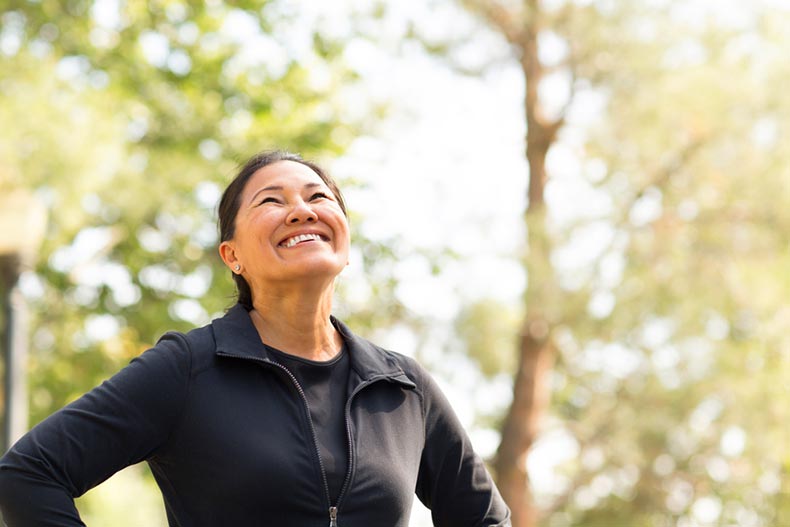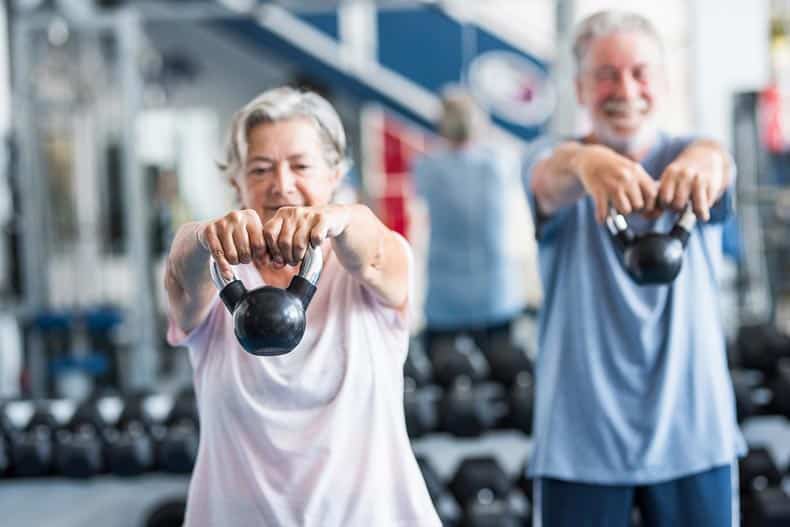People of all ages enjoy staying active and living a healthy lifestyle. However, maintaining an active routine can become more challenging after retirement or the age of 55. Factors such as reduced mobility, lack of motivation, or fewer opportunities for social exercise can create barriers.
Despite these challenges, staying active is crucial for overall health and well-being. Strength exercises, in particular, play an essential role in preserving muscle mass, improving balance, and maintaining a high quality of life. This article explores the importance of muscle maintenance, effective strength exercises for seniors, and tips for incorporating them into a fitness routine.
Why Muscle Maintenance Matters

Maintaining muscle mass is vital for seniors as it directly impacts strength, balance, and mobility. Here are the top reasons muscle maintenance should be a priority:
1. Improved Balance
Falls are a significant concern for older adults, with one in four seniors falling each year in the U.S. alone (CDC). Strength exercises for seniors can improve balance by reinforcing the muscles that stabilize the body. Stronger muscles provide better control and reduce the risk of falls and injuries.
2. Enhanced Bone Density
Age-related bone density loss, or osteoporosis, increases the risk of fractures. Strength training stimulates bone remodeling, helping bones retain their density and resilience. This benefit is especially important for women, who are more prone to osteoporosis, but it’s equally vital for men.
3. Reduced Body Fat
Building and maintaining muscle helps seniors manage body composition. Muscles are metabolically active, meaning they burn more calories even at rest. Strength exercises not only reduce body fat but also help combat conditions like diabetes, heart disease, and high blood pressure.
4. Increased Independence
By maintaining strength, seniors can perform daily tasks—like carrying groceries or climbing stairs—without assistance. Strength exercises for seniors promote independence and contribute to a more fulfilling lifestyle.
Strength Exercises for Seniors

Whether at a fitness center or home, the following exercises are excellent options for seniors looking to build or maintain muscle.
1. Shoulder Overhead Press
The shoulder overhead press targets the shoulders and upper arms, improving arm strength and mobility.
- How to Perform:
Hold a light dumbbell in each hand and position your arms at 90-degree angles like a goalpost. Slowly press the weights upward until your arms are straight above you, then lower them back to the starting position. - Benefits:
Enhances shoulder stability, prevents stiffness, and supports better posture.
2. Rowing Weight Machine
The rowing weight machine is a full-body exercise focusing on the upper back, biceps, and shoulders.
- How to Perform:
Sit on the rowing machine with your feet firmly planted. Grab the handles and pull them toward your chest, keeping your back straight. Slowly return to the starting position. - Benefits:
Strengthens back muscles, improves posture, and reduces the risk of shoulder injuries.
3. Dumbbell Deadlifts
Dumbbell deadlifts are a core and lower-body exercise that promotes functional strength.
- How to Perform:
Hold a dumbbell in each hand in front of your thighs. Bend at your hips and knees, lowering the weights toward the floor while keeping your back straight. Stand back up using your leg and glute muscles. - Benefits:
Strengthens the glutes, hamstrings, and lower back, improving mobility and reducing injury risk.
4. Glute Bridges
Glute bridges are a simple yet effective exercise for building core strength and stability.
- How to Perform:
Lie on your back with your knees bent and feet flat on the floor. Lift your hips toward the ceiling, keeping your shoulders on the ground. Lower your hips back down and repeat. - Benefits:
Improves core strength, enhances balance, and relieves lower back pain.
Importance of Warm-Up and Cool-Down

Before diving into strength exercises, seniors should perform a warm-up to prepare their muscles and prevent injury. Light cardio exercises like walking or using a stationary bike for five to ten minutes increase blood flow and flexibility.
Cooling down after a workout is equally important. Stretching helps relax the muscles, reduces soreness, and maintains flexibility. Including both a warm-up and cool-down in your routine ensures a safer and more effective workout.
Strength Training at Home vs. Fitness Centers
Seniors can perform strength exercises at home or in a gym, depending on personal preferences and access to equipment.
- Home Workouts: Resistance bands, light dumbbells, and bodyweight exercises are excellent options for home workouts. Online classes or fitness apps designed for seniors can provide additional guidance.
- Fitness Centers: Gyms offer a variety of machines, free weights, and group classes tailored to seniors. Many fitness centers also have personal trainers who can help design a safe and effective routine.
Overcoming Barriers to Strength Training
Even with the best intentions, seniors may face obstacles when starting a strength training routine. Here are some tips to overcome common challenges:
- Lack of Motivation: Exercising with a friend or joining a group class can make workouts more enjoyable.
- Health Concerns: Always consult a doctor before starting a new exercise program, especially if you have chronic conditions or mobility issues.
- Limited Mobility: Chair exercises or modified movements can provide a safe starting point for those with limited mobility.
Find the Best 55+ Communities with a Fitness Center Near You!

If you or your loved one wants to build or maintain muscle, one of the best moves you can make is to look into 55+ communities that offer a fitness center. 55+ community centers often have an expansive fitness facility on-site that includes numerous weight and cardio machines, group exercise classes, and maybe even group sports like tennis or pickleball.
It can be hard to maintain a fitness routine. But having the convenience and social aspect of exercise in a 55+ community is absolutely invaluable.









